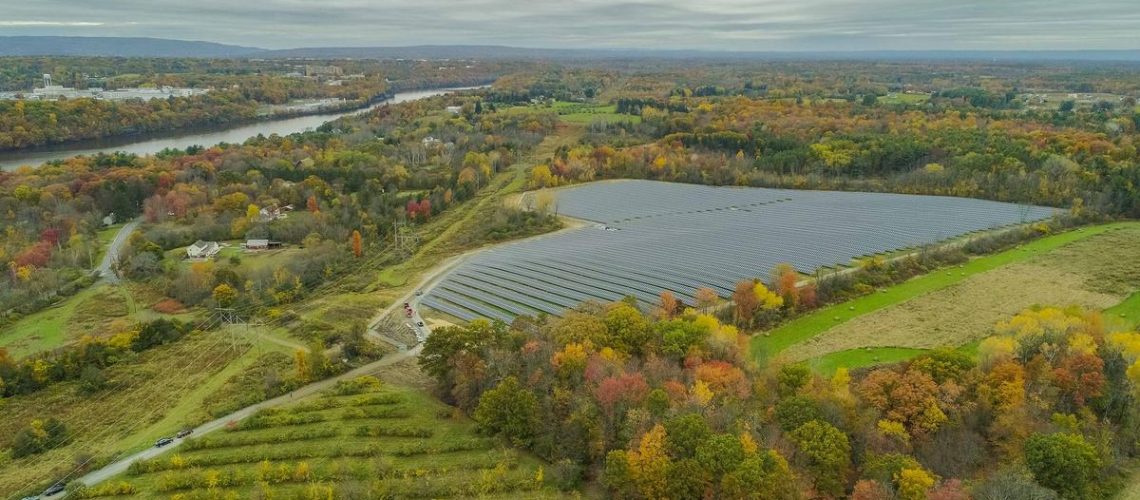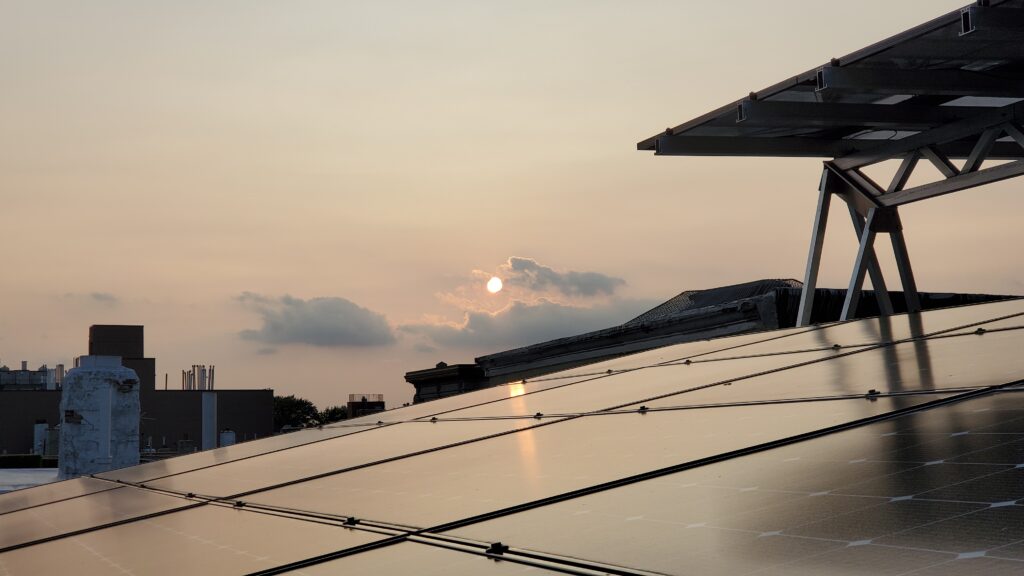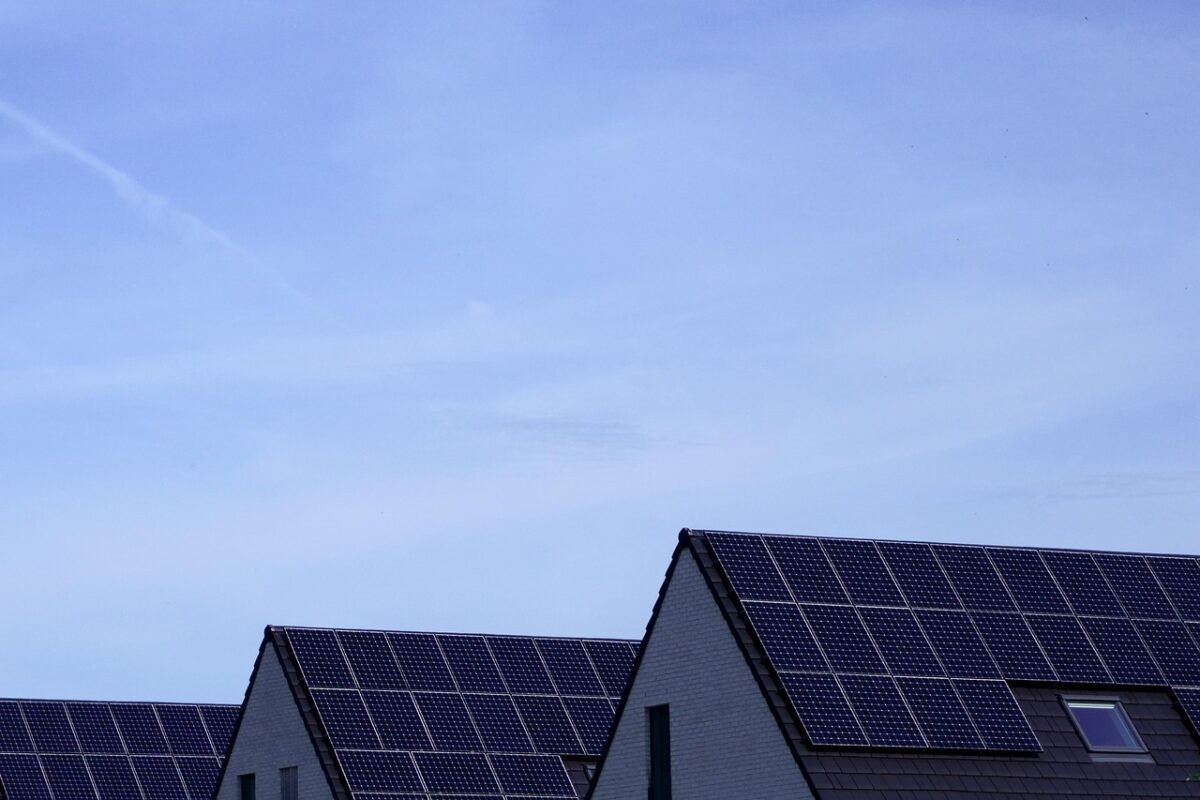Following a suppressed 2022, community solar is expected to have an upward trajectory, boosted by new state laws, the implementation of billions in grant money from the Inflation Reduction Act, and the smoothing of bumps in the supply chain.
Community solar took a downturn last year, which continued into the first quarter of 2023. But it won’t stay down for long, according to a report by Wood Mackenzie in conjunction with the Coalition for Community Solar Access (CCSA). Despite the downturn, community solar capacity is expected to exceed 6 GW this year.
Community solar is especially applicable for customers who aren’t a good fit for rooftop solar. In a community solar project, customers subscribe to a portion of the facility’s generation in exchange for utility bill credits. The concept is taking off in the United States.
According to the report, installations declined by 6% year-over-year in 2022 and were down 13% in Q1 2023. Reasons cited include supply chain uncertainty of the past year, along with interconnection and siting issues. The siting issues were noted as hindering growth in Massachusetts and Maine, both key markets.
Starting in 2024, however, community solar is expected to begin on an upward path that will see it grow at an annual clip of 8% with nearly 14 GW of cumulative capacity installed by 2028. Potential new programs could result in additional uplift, according to the report.
“Near-term growth is driven by the continued success of programs in New York and Illinois as well as positive policy updates in Maryland, Minnesota, and New Jersey. In addition, California’s newly proposed program has the potential to represent 20% of Wood Mackenzie’s national outlook between 2024 and 2028,” said Caitlin Connelly, research analyst at Wood Mackenzie.
The Inflation Reduction Act of 2022 includes a 30% investment tax credit for the cost of developing renewable energy resources, provided developers meet labor requirements. Three 10% adders can be applied to projects that serve, however, the report notes that qualifying for more than one adder will be difficult, and that community solar developers are likely to see the low-income adder first.
The $27 billion Greenhouse Gas Reduction Fund (GGRF) also provides new opportunities for community solar and will be implemented via three grant competitions: the $14 billion National Clean Investment Fund, the $6 billion Clean Communities Investment Accelerator.
It also includes the $7 billion Solar for All competition in which the Environmental Protection Agency (EPA) will award up to 60 grants to states, territories, tribal governments, municipalities, and nonprofits to expand residential solar access for low-income and disadvantaged communities. Wood Mackenzie said the U.S. EPA’s Solar for All fund within the GGRF will be particularly beneficial for community solar, granting up to $7 billion in funds to support the creation and expansion of community solar programs with an emphasis on supporting low-income communities.
“These projections don’t factor in new states passing community solar laws and the billions of dollars of federal grants that we expect will go to states to expand access to community solar. Needless to say, we’re just scratching the surface on how many people in America can get the benefits of community solar access by the end of the decade if regulators and legislators keep their foot on the gas,” said Matt Hargarten, vice president of campaigns at CCSA.
Keeping in mind some of the factors affecting the market, Wood Mackenzie and CSSA developed alternative forecasts—the bull and bear forecasts. These take into supply chain dynamics, retail rate changes and state and federal policy updates. In the bull case scenario, the national 5-year forecast increases by 13%, while I the bear case, the national outlook decreases by 24%.
To date, 23 states and the District of Columbia have established community solar platforms from pilot stage to statewide implementation. Most recently, Maryland passed community solar legislation HB 908, making it the 23rd community solar market. Additional states that currently have community solar bills that could become law include New Jersey, Ohio, Michigan, Pennsylvania and Wisconsin. Ohio’s bill, HB-197, was studied at the Ohio University, which found that a community solar program could contribute nearly $3.49 billion in gross state product, and earn $409.5 million in local tax revenue over its lifetime.
“…With the introduction last week of HB 197, which contains many of the provisions of the bill evaluated in this study, state policymakers have a new opportunity to drive long-term prosperity by empowering more Ohioans with the choice to access local, reliable, and affordable clean energy,” said Carlo Cavallaro, Midwest Regional Director at the Coalition for Community Solar Access (CCSA), which commissioned the Ohio University study.
In addition to looking at possible growth scenarios, the WoodMac/CCSA study also revealed the growth in the market for subscriber management companies such as Arcadia, Perch Energy and Ampion. The report notes that this market now manages more than half the total community solar market.
“Developers continue to rely on third parties to outsource subscription acquisition and management services especially as state-level subscriber requirements continue to become stricter and more burdensome. Successful subscriber management companies have been seen to utilize software tools which lowers subscriber acquisition costs and have business models oriented toward successfully targeting low-income populations,” Connelly concluded.






